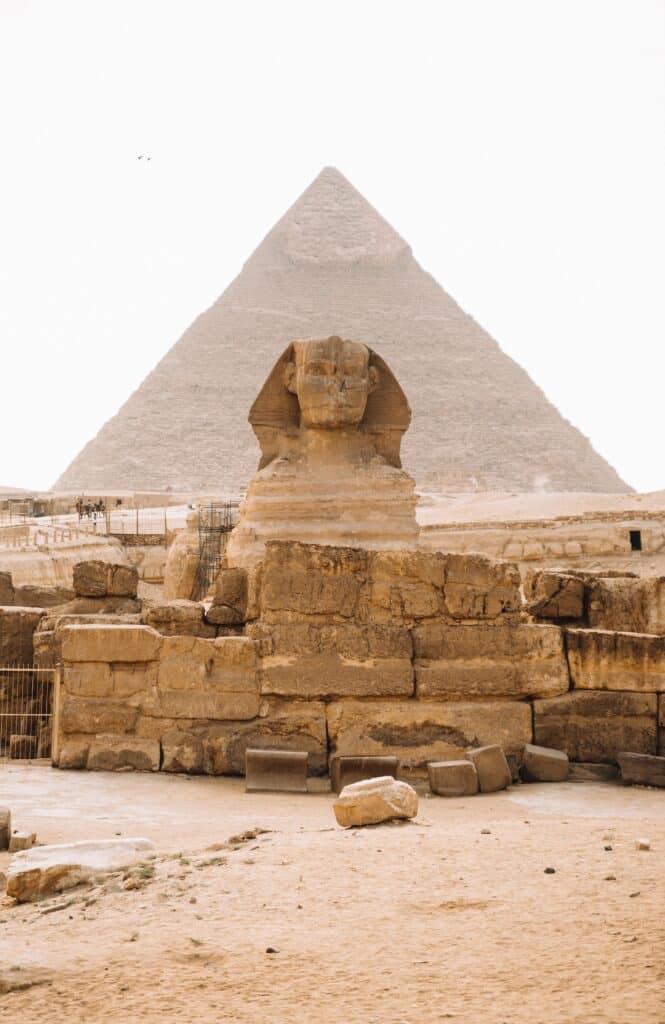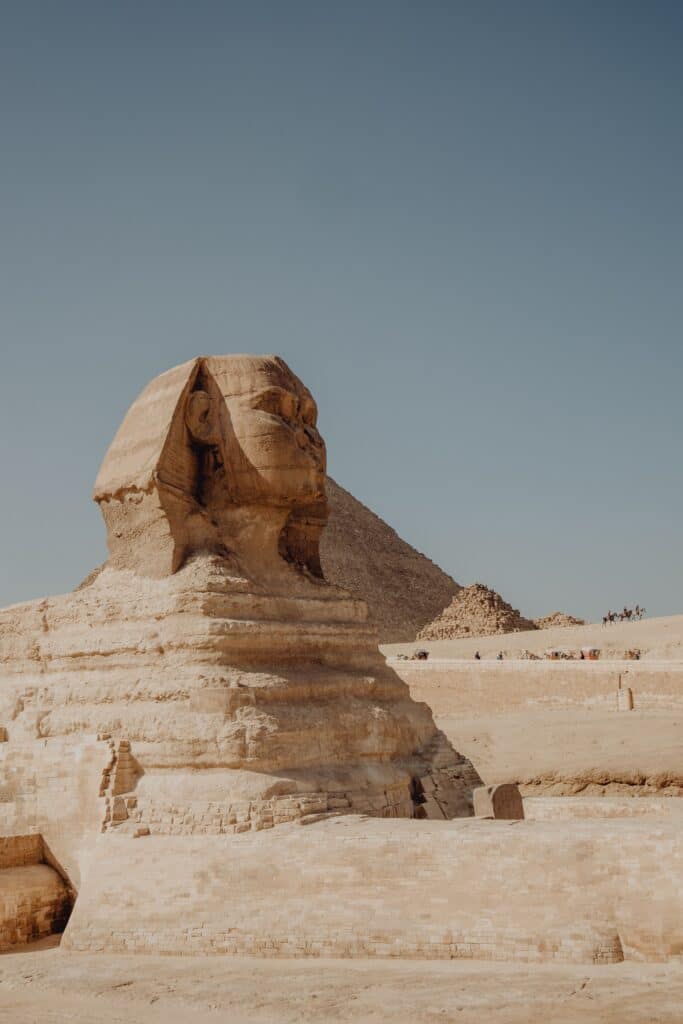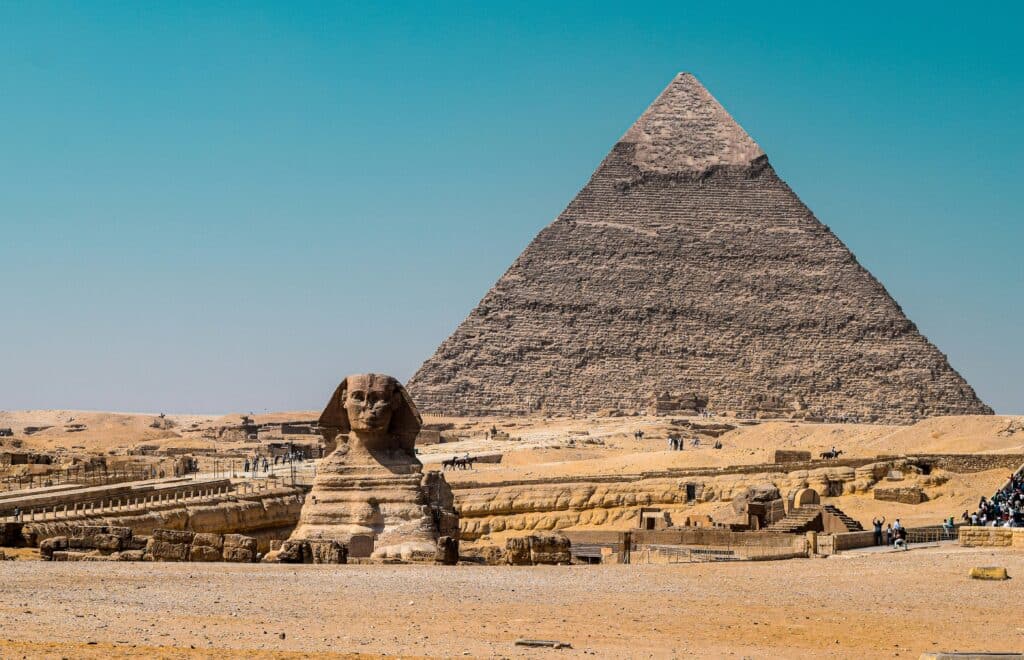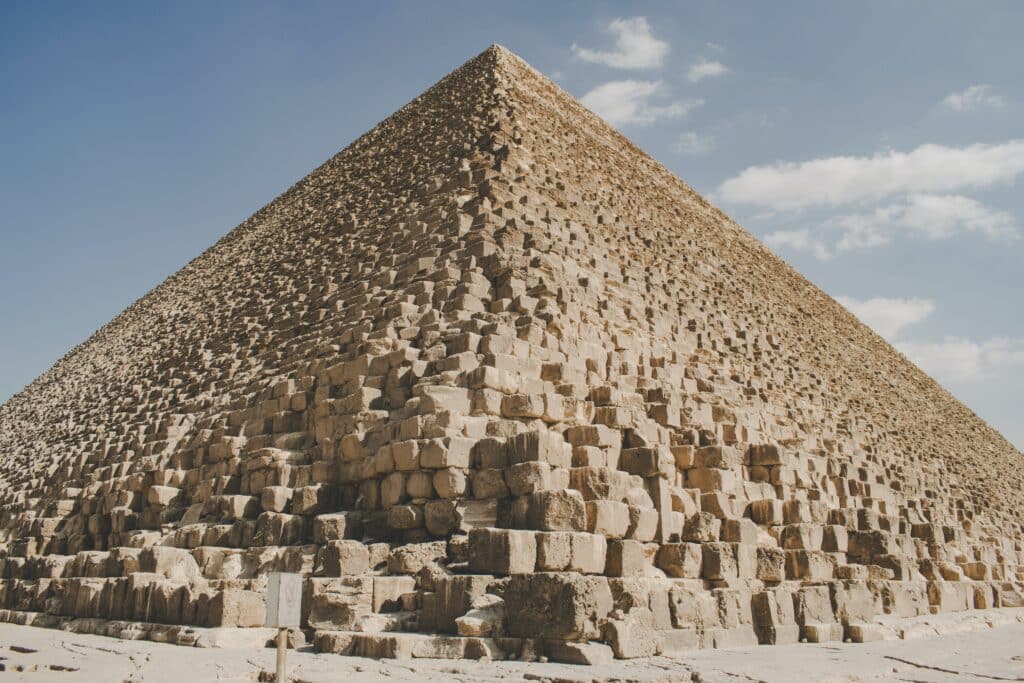Images from space finally reveal how Ancient Egyptians built the pyramids
- At least 118 pyramids still exist today
- One of them, the Great Pyramid of Giza, is considered a world’s ‘Wonder’
- Construction of the Pyramids began approximately 5000-6000 years ago
Published on Mar 10, 2024 at 7:00 PM (UTC+4)
by Alessandro Renesis
Last updated on Mar 11, 2024 at 1:02 PM (UTC+4)
Edited by
Amelia Jean Hershman-Jones
Recent satellite data has at last shed more light on how the Ancient Egyptians built the pyramids.
A mystery for literal millennia, modern technology is finally helping us get closer to the truth.
It’s pretty much undisputed that ancient Egyptian civilization began the building the pyramids around 5,000 and 6,000 years ago.
READ MORE: Stargazer is a new hypersonic plane that will fly from New York to Tokyo in one hour
It’s an engineering feat that would be considered incredible – even today with our modern technology.
They’re not only stunning visual landmarks of Giza, they also served as the final resting place for pharaohs and the Egyptian elite.
Today, because of their structural integrity, an impressive 110 pyramids still stand.
This includes the Great Pyramid of Giza.
Considered one of the world’s Seven Wonders -it’s simply breathtaking and recognized all over the world.


However, engineers, architects and historians alike have never been able to understand how they were built in the first place.
Despite our appreciation of the vast amount of knowledge they ancients had regarding mathematics, architecture and engineering.
Moving and lifting the giant blocks of solidified sand and rock is still incredible.
But the apparent answer is coming from a strange place: space.

Dr Eman Ghoneim, an Egyptian-American geologist who specializes in image and space data processing, discovered a landmark on the River Nile.
According to Dr Ghoneim, the landmark in question is actually a dried-out waterway that once ran through Giza from the Nile Valley.
Dr Ghoneim believes that the Egyptians potentially used this waterway to transport material to build at least 38 different pyramids.
This is because she also discovered that this waterway passes through 38 different pyramid sites.

For a while it looked like we almost forgot we’d been to the moon but now the space race is back in full swing.
And, more to the point, it seems we’re also using space as a source for knowledge and data.
Dr Ghoneim’s discovery is just the latest example of space being used for something other than exploration.
DISCOVER SBX CARS: The global premium car auction platform powered by Supercar Blondie

